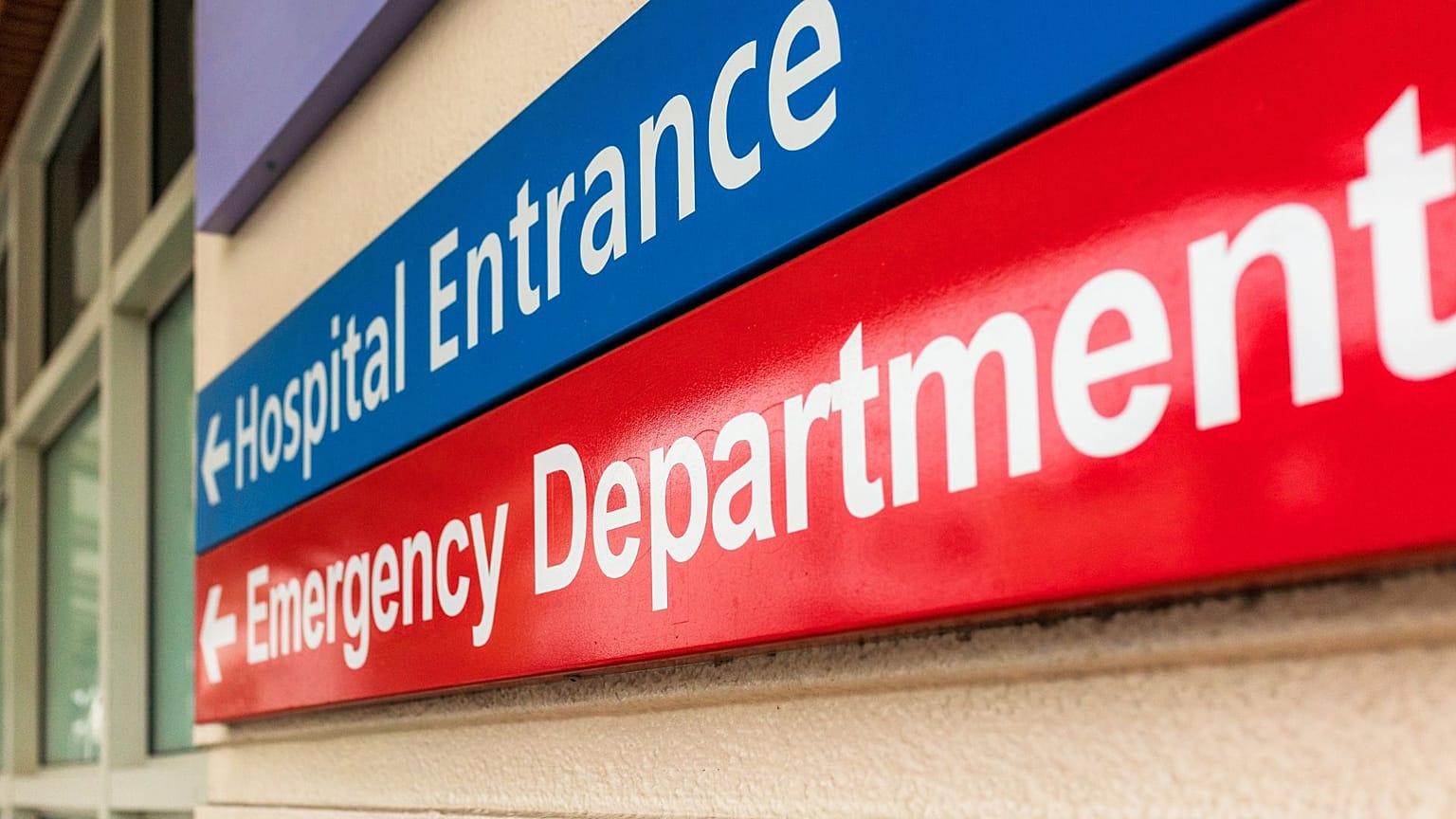A new report from the World Health Organization (WHO) shows that millions of people in Europe are struggling to pay their medical bills.
This week, health leaders from the WHO are gathering in Estonia to observe the 15-year anniversary of the Tallinn Charter, a framework that studies the connection between wealth and health.
To mark the occasion, the WHO has released a new study that looks at healthcare systems in 40 European countries, focusing on their pre-pandemic state.
The overall conclusions are particularly downbeat, showing that millions of Europeans are experiencing healthcare-related financial difficulties.
The phenomenon is notably driven by the expectation that patients must make upfront, out-of-pocket payments, even if these fees will be reimbursed at a later stage.
Many patients will therefore forgo treatment where they can, meaning that Europe is witnessing a high volume of unmet medical needs.
Catastrophic medical bills
The WHO classes spending as ‘catastrophic’ when the out-of-pocket amount a household pays for healthcare exceeds 40% of its capacity to pay for medical bills.
The rate of catastrophic health spending ranges across the continent, but the situation is most critical in Armenia, Bulgaria, Georgia, Latvia, Lithuania, and Ukraine, where over 14% of households are affected by this issue.
Countries that have the lowest incidence of catastrophic health spending, recorded at under 2%, are Ireland, Slovenia, Spain, Sweden and the UK.
The WHO also shows that across the 40 countries studied, those in the most disadvantaged households are more likely to make medical payments that eat into their spending budgets.
In every country studied, the poorest 20% of households account for at least 40% of those with catastrophic health spending, and this number rises to over 70% in Croatia, Czechia, France, Hungary, Ireland, Luxembourg, Montenegro, Serbia, Slovakia, Sweden, Switzerland, Turkey and Ukraine.
Whilst the figures can be partially explained by taking into account the lower income of poorer households, there is an additional reason why catastrophic spending is more prevalent amongst this group, according to the WHO.
Due to the unaffordability of treatments, disadvantaged households are more likely to delay seeking professional medical care, meaning they may have to turn to resource-intensive, expensive emergency services to deal with aggravated conditions.
Impoverishing health spending
As well as measuring catastrophic expenses, the WHO looked at the proportion of households ‘impoverished’ or ‘further impoverished’ by medical bills.
‘Impoverished’ means a household’s budget no longer stretches to meet basic needs, such as food or heating, after paying for medical treatment.
On the other hand, ‘further impoverished’ is a label used to describe households who are already below the basic needs threshold and incur an out-of-pocket healthcare payment, which then pushes them further into poverty.
In Belgium, Ireland, Spain, Slovenia and the UK, the amount of households impoverished or further impoverished after upfront medical costs is under 1%.
At the other end of the spectrum, this figure rises to over 7% in Albania, Armenia, Bulgaria, Serbia and Ukraine.
What medical procedures are driving catastrophic spending?
Across the 40 countries studied, financial hardship is predominantly caused by fees related to outpatient medicines, which account on average for 38% of out-of-pocket payments in households with catastrophic health spending.
Other key drivers of financial hardship include outpatient dental care, outpatient medical products and inpatient care.
That said, the picture varies when we look at medical fees that eat into household budgets at a national level.
In countries with a lower amount of catastrophic health spending, the main drivers are dental care (26%), followed by medical products (22%) and outpatient medicines (19%).
On the other hand, in countries where there is a greater link between financial instability and healthcare, the main causes of catastrophic spending are outpatient medicines (55%), followed by inpatient care (13%), dental care (10%), outpatient care (9%) and medical products (8%).
In light of the report, Dr Hans Henri P Kluge, the WHO regional director for Europe, commented: “For millions of people in the European Region, free or affordable healthcare is simply a dream.”
He continued: “Many face excruciating choices like paying for medicines or treatment at the expense of paying for food or electricity.”
In order to prevent medical needs from pushing people into poverty, the WHO stated that universal health coverage should be adequately funded by public spending.
Currently, only 23 out of 40 countries studied by the WHO say they cover over 99% of the population.
Among other measures, the group also suggested that access to publicly financed healthcare shouldn’t be dependent on social health insurance contributions, as this often leaves the poor unprotected.


















